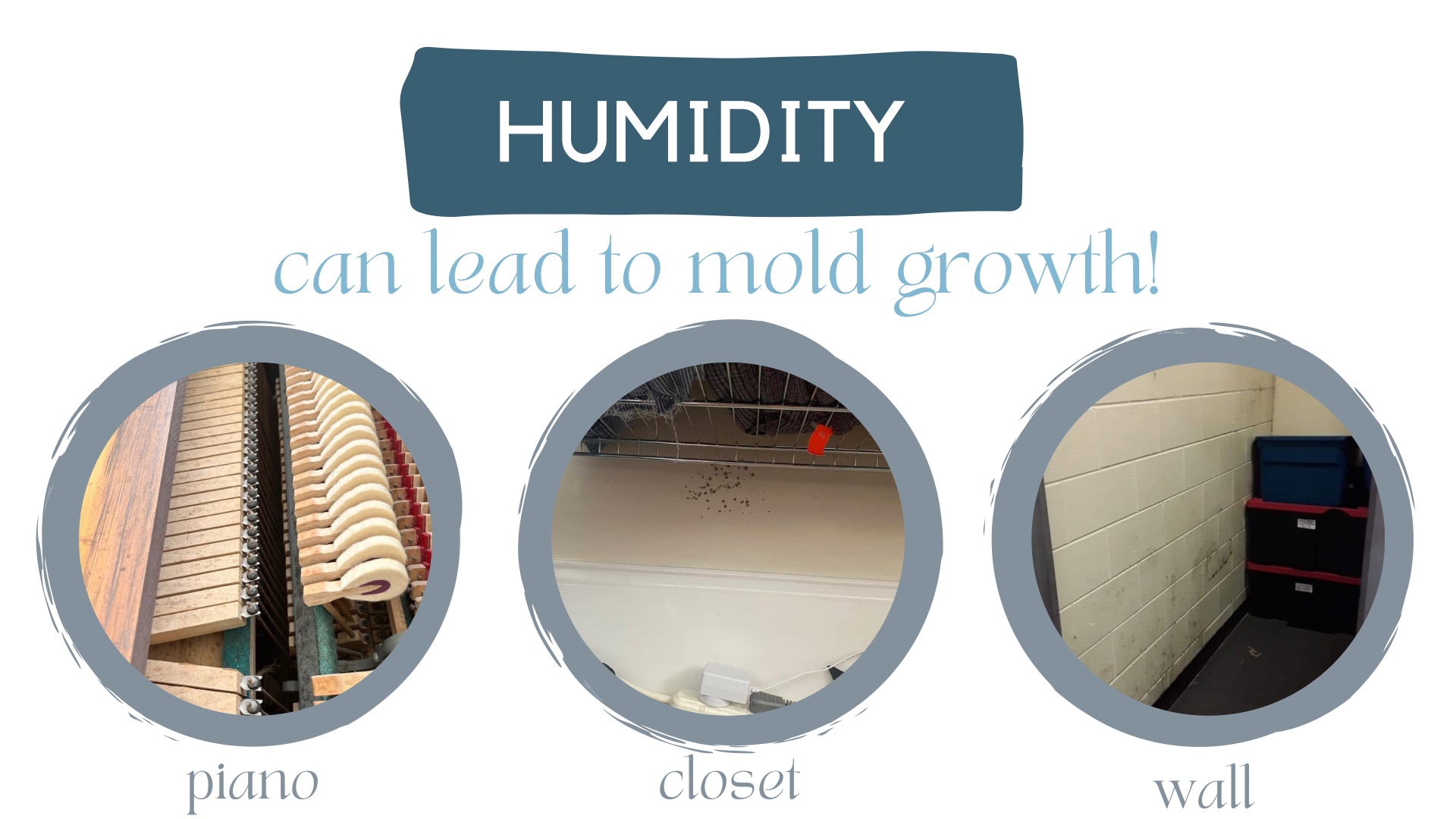Today’s interview features Mark Levy who has spent over 15 years performing mold inspections specifically for hypersensitive individuals with complex health issues like Biotoxin illness, Lyme, CFS/ME, and Autoimmune Issues.
In this interview, we clarify some common misconceptions and provide you with some foundational knowledge you need to better understand how mold and water damage affect the health of your home.
- When a building experiences water damage, mold is not the only thing you need to worry about. Can you tell us a bit about this complex ecosystem? (2:10)
- Are all molds toxigenic? (6:36)
- Why is it not a good idea to simply kill, fog, paint over, or encapsulate mold? (9:50)
- Can you identify the species of mold just by looking at it? Is color or location a good way to tell if a mold is dangerous? (12:28)
- What’s the difference between mildew and mold? (15:21)
- What role does testing play in an inspection? How do you decide when and where to test? What three sample TYPES are critical to properly evaluate the health of your home? (16:43)
- When you get test results back from an ERMI, air, swab sample, etc., tell us what you are looking for. Are there certain species in certain amounts that are red flags for you? (24:14)
- How does humidity contribute to mold growth? (29:48)
- How can environmental testing complement medical labs? (33:20)
- How do attics and crawl spaces impact the living space? (36:43)
- Why is clutter and dust your enemy? (42:23)
- If you don’t smell mold does that mean you don’t have a problem? What if you only smell it occasionally? (47:29)
-Episode Spotlight-
Humidity & Mold

Humid air can result in more than just a bad hair day!
High relative humidity can provide enough moisture that certain types of molds can begin to grow on your walls, furniture, and even personal belongings!
According to Mark Levy, “Anything that’s 65% or higher is going to be a likelihood that you are going to have mold growth. Seventy percent or higher – I see it all the time. You are going to see mold growth especially in closets, cabinets, or confined spaces.”
The Environmental Protection Agency (EPA) recommends keeping your relative humidity between 30%-50%. Keep in mind that humidity can vary from room to room, floor to floor, and season to season so you will want to monitor your humidity throughout the home year-round. A hygrometer is a helpful tool that measures humidity and can be purchased online or in most home improvement stores for approximately $15.
If you find that humidity is a problem in your home, it may be necessary to consider individual or whole house dehumidifiers (just be sure to maintain them properly so you don’t end up with mold growth in your unit!). Additionally, you may want to bring in a professional to rule out additional factors that may be influencing the humidity in your home.
